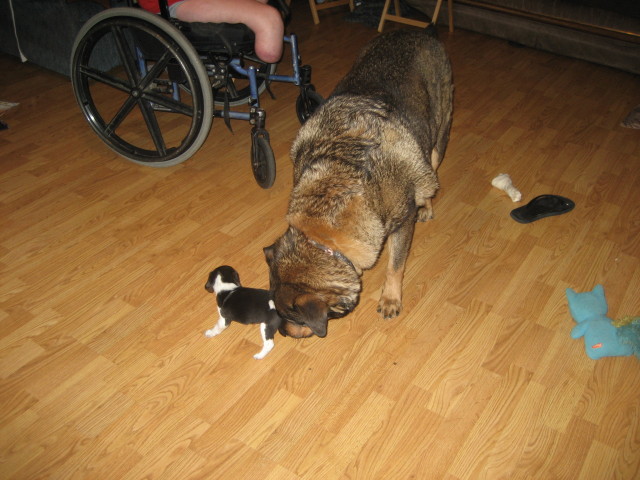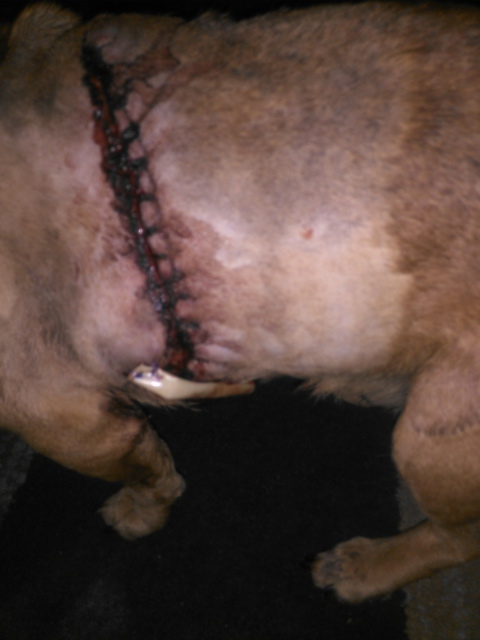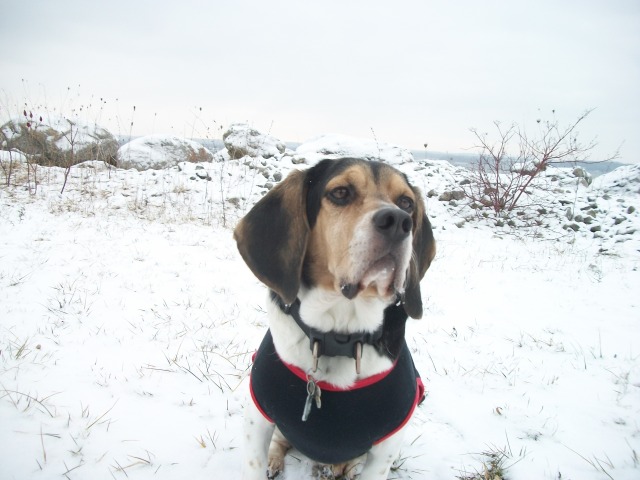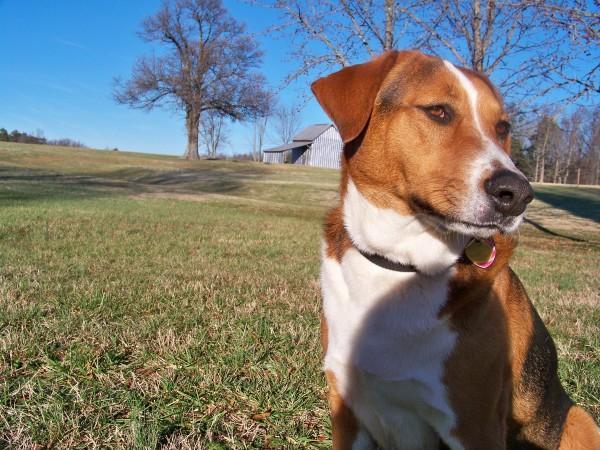QuestionHello. I adopted a 3 pound yorkie 2 weeks ago. I do not know anything prior to me taking care of her. I tried 8 different canned and dry foods and she refused them all. She likes chicken and turkey but no rice or vegetables. The vet said she is somewhere from 6 months to a year old. I am worried that this is not enough nutrients for her everyday. I am also giving her nutrical 2-3 times a day. The vet said she is a tiny bit on the skinny side to try and have her gain a pound, but it has been so difficult due to her picky eating. She does not enjoy eating. Please let me know what to do.
I am also having such a hard time training her. I have a crate which she sleeps in and is in when i am not home. Sometimes I will walk her for 10-15 min and she will come in and pee on the carpet she is not understanding the concept. What do you recommend? thank you very much !
AnswerYou really need to get her on a dry puppy chow. It is very unusual for a dog to refuse to eat very long. I would choose one of the dry chows and stick to it. Put down the dish with what the dog should eat, and give it 15 minutes to eat. Then take it up. Do not give it anything to eat until its next scheduled meal. In a few days, it should be eating what it needs. Continue to check its ribs and adjust the food as needed. This is not easy. I had a Shepherd go 3 days on a few nibbles. I was a wreck, but she was fine. It is almost unknown for a healthy dog not to eat what it needs. Unfortunately, in too many cases, it is less than the package says, and less than the owner thinks the dog should have. Many dogs are quite good at holding out for tastier chow. Like kids, sometimes it calls for tough love.
Housebreaking starts before you get home with the new puppy. If you don't have
a crate, buy one. I prefer the more enclosed, den like plastic ones. Skip the
bedding. At first it gets wet, and later it can be chewed into choking
hazards. A wire grid in the bottom will help keep the puppy up out of
accidents at first. They are available with the crates, but expensive and hard to find. A piece of closely spaced wire closet shelving from a home supply place is cheaper. I am now using a plastic vegetable bin with plenty of holes drilled in the bottom. It helps block off part of the crate for the smaller puppy. If you already have a metal crate, covering it may help. Just make sure you use something the puppy can't pull in and chew. Dogs that start out in crates as little puppies, accept them very well. Never leave an unattended puppy loose in the house. If nobody can watch it, put it in the crate. I suggest letting the dog have its crate all its life. A crate needs to be just big enough for a dog to stretch out in.
Choose a command and spot you want it to use. The less accessible to strays,
the less chance of serious disease. If it is a female, choosing a non grassy spot will avoid brown spots later. When you bring it home, take it to the spot and give it the command in a firm, but friendly voice. Keep repeating the command and let the puppy sniff around. If it does anything, praise it. Really let it know what a good dog it is and how much you love it, and maybe a treat. Note, being out there not only means you can praise it, but it also keeps it from being snatched by a hawk. If it doesn't go, take it inside and give it a drink and any meals scheduled. A young puppy will need to go out immediately afterward. Go to the spot and follow the above routine. Praising it if it goes is extremely important. If it doesn't go, take it back inside and put it in its crate and try again soon. Do not let it loose in the house until it does go.
At first it is your responsibility to know and take the puppy out when it
needs to go. It needs to go out the first thing in the morning, after eating,
drinking, and sleeping. If it quits playing, and starts running around
sniffing, it is looking for a place to go. Take it out quickly. You will just
have to be what I call puppy broke until it is a little older. How successful you are depends on how attentive you are.
By the time most dogs are about 3 months old, they have figured out that if
they go to the door and stand, you will let them out. The praise slowly shifts
to going to the door. Some people hang a bell there for the dog to paw. If
your dog doesn't figure this out, try praising it and putting it out if it
even gets near the door. A stern "Bad dog!" is all the punishment that is
effective, and only when you catch it in the act and are sure you didn't miss
it going to the door. Clean up accidents promptly. I mostly keep the little
puppies out of the carpeted rooms. Still I need the can of carpet foam
sometimes. First blot up all the urine you can with a dry towel. Keep moving
it and stepping on it until a fresh area stays dry. A couple big putty knives
work well on bowel movements. Just slide one under it while holding it with
the other. This gets it up with a minimum of pushing it down into the carpet.
This works with even relatively soft ones, vomit, dirt from over turned house
plants, or anything else from solids to thick liquids. Finish up with a good
shot of carpet foam. Note, do not let the puppy lick up the carpet foam.
Once the dog is reliably housebroken, your carpet may need a good steam cleaning.
Many people strongly strongly push cleaning up all evidence of past accidents. I am slower to suggest that. Dogs will return to the same spot if they can find it. When you see one sniffing the spot, that is your clue to run it out.
The above can be applied to older dogs too. Biggest difference is the longer time after eating or drinking before they are ready to relieve themselves. If a dog has been living where it could keep its living space clean, it should quickly catch on. The important part will be teaching it that if it goes to the door, you will let it out. It will be much more difficult if the dog was forced to live in its filth. You will need to learn to read the dog and learn its schedule, and when it needs to go out. Keep it in sight, closing doors and setting up gates. Some people even leash the dog to themselves. I have used a tie down at my computer desk.

 Getting a puppy and dog to get along
Question
RC and Kayleigh
Last Tuesday our dog for 14 ye
Getting a puppy and dog to get along
Question
RC and Kayleigh
Last Tuesday our dog for 14 ye
 tumor on my dog
Question
stitched up second tim tumor
My d
tumor on my dog
Question
stitched up second tim tumor
My d
 chihuahua pees on bed
Questionme and boo
QUESTION: I have a 9 month ol
chihuahua pees on bed
Questionme and boo
QUESTION: I have a 9 month ol
 2nd Dog
Question
Winston
Hi, I have a beagle/bassest hou
2nd Dog
Question
Winston
Hi, I have a beagle/bassest hou
 My dogs agression
Question
This is my dog
Hi Shelley!
I have a question f
My dogs agression
Question
This is my dog
Hi Shelley!
I have a question f